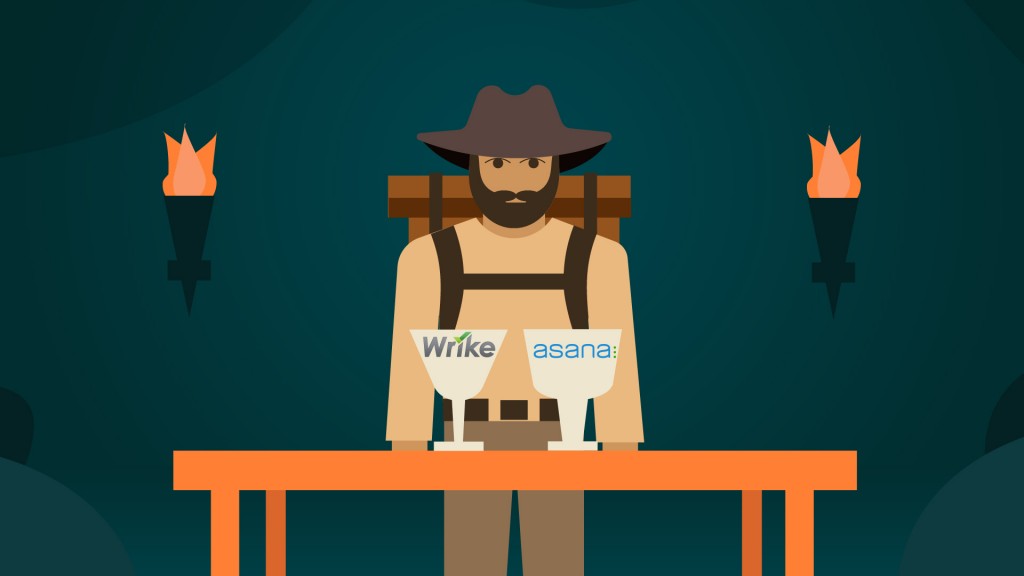Key takeaways
What are construction KPIs?
Construction Key Performance Indicators (KPIs) are measurable metrics that are used to evaluate and track the performance of construction projects, companies, or specific construction activities. KPIs are essential for assessing the efficiency, effectiveness, and quality of construction processes and outcomes. They provide valuable insights into how well a construction project or organization is meeting its goals and objectives, and they can vary to a degree depending on the specific goals and priorities of a project or company.
What are some important construction KPIs to track?
Tracking certain KPIs is necessary for managing construction projects more effectively. The specific KPIs to track may vary depending on the nature of your project, but there are a number of construction KPIs that are more commonly known.
The safety incident rate is a KPI that measures the number of safety incidents per hours worked. A lower incident rate indicates a safer work environment. Cost performance is yet another construction KPI that includes important metrics like cost variance, cost efficiency, and the cost per square foot on a construction site.
Another construction KPI that is often tracked is performance scheduling. This KPI assesses project timeline adherence as it applies to various projects. Schedule variance shows the difference between planned and actual project timelines, while the percentage of work completed shows how much of the project has been completed compared to what’s on the schedule.
Additionally, a risk management KPI will evaluate the identification, mitigation, and response time to project risks. Worksite efficiency is a KPI that relates to the cleanliness of your construction site, and helps to minimize disruptions and delays.
The KPIs you choose to track should align with the specific goals, objectives, and priorities of your construction project. Regularly tracking and analyzing these KPIs helps in making data-driven decisions, managing project risks, and optimizing construction processes for better outcomes. KPIs should be updated as the project progresses to ensure they remain relevant and informative.
Why is managing safety KPIs crucial?
Managing safety KPIs is crucial to the success of a business, especially in industries like construction and manufacturing where safety risks are inherent. The most significant reason for managing safety KPIs is to protect the lives and well-being of employees, contractors, and anyone else involved in your business’s activities. Prioritizing safety demonstrates a commitment to the health and safety of your workforce.
Workplace accidents and injuries can lead to significant financial costs, including medical expenses, workers’ compensation claims, legal fees, and insurance premiums. Reducing accidents through safety management can lower these costs.
Expert Tip
A strong safety culture can also boost employee morale and job satisfaction. When workers feel their well-being is a top priority, they tend to be more engaged and committed to their jobs.
Managing safety KPIs is not only about preventing accidents but also about promoting a culture of care and responsibility within an organization. It has tangible financial benefits, enhances productivity, and safeguards a company’s reputation. Safety is an essential component of business success, and its management should be a top priority for all businesses.
What tools monitor the progress and efficiency of your teams?
There are various tools and software solutions available to monitor the progress and efficiency of your teams. These tools can help you track project status, individual and team performance, and provide valuable insights for improving productivity.
Common tools include project management software like Trello and Asana. Trello is a visual project management tool that uses boards, lists, and cards to help teams organize tasks, and track their progress. While Asana offers task and project management features with task assignment capabilities, due dates, and project timelines.
Of course, these solutions are just a small sampling of the many project management tools available, but they are among the best the market has to offer.
Additionally, collaboration and communication tools like Slack, Microsoft Teams, and Zoom are all messaging platforms that provide channels for team communication, file sharing, and integrations with other productivity tools.
KPI dashboards are also incredibly useful for tracking progress over time. Two of the more popular KPI dashboard tools are Klipfolio, and Geckoboard. Klipfolio is a dashboard and reporting tool that allows you to create custom dashboards with key performance indicators. While Geckoboard is a real-time data visualization tool that displays key metrics on TV dashboards or web pages.
When selecting tools for monitoring progress and efficiency, it’s important to consider your team’s specific needs, the scale of your operations, and your budget. Make sure to prioritize data privacy and security as well, especially when using employee monitoring software, and ensure that your tools are compliant with relevant laws and regulations.
What project management software can enhance your progress?
Enhancing progress and efficiency in project management often involves using software solutions that help streamline workflows, improve collaboration, and provide better visibility into project status. There are many project management software options available, and the right choice depends on your specific needs and preferences.
Some popular project management software solutions to consider include Trello, Asana, Wrike, and Smartsheet, though there are many others available for your consideration.
When choosing a project management software solution, it’s important to consider factors such as the size and type of your projects, the needs and preferences of your team, and your available budget. Many of these software tools offer free trials, so you can experiment with a few to see which one best suits your unique requirements.
How can you manage construction KPIs unique to your business?
Managing construction KPIs that are unique to your business involves a combination of defining, measuring, and continually improving those KPIs.
Start by understanding the unique aspects of your construction business. What are your business objectives, values, and areas of focus? Identify the KPIs that align with these unique aspects.
Expert Tip
Clearly define the specific KPIs you want to track and ensure they are specific, measurable, achievable, relevant, and time-bound.
Next, consider establishing a baseline for each unique KPI. This initial measurement serves as a starting point for future comparisons and improvements. It’s crucial to have accurate data as a reference.
Determine where you will collect the data required to measure your KPIs. This may involve using software, data systems, or manual tracking, depending on the KPI. Continuously track and measure your KPIs, and use a regular reporting schedule, such as daily, weekly, or monthly, depending on the nature of your KPIs. This will help you stay informed on trends and progress.
Additionally, you should implement improvements, track and adjust your progress, and periodically review and adapt your unique KPIs as your business evolves. What’s unique today may not be unique in the future, so it’s important to adjust your KPIs to reflect changing priorities.
Managing unique construction KPIs requires a proactive approach and a commitment to continuous improvement. It’s essential to customize your KPI management process to align with your business’s individual goals and values. Regularly review your KPIs to ensure they remain relevant and beneficial for your business’s ongoing success.





